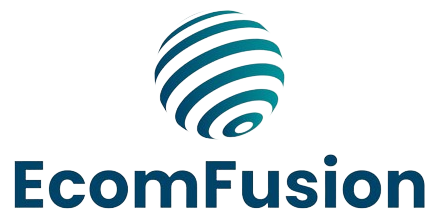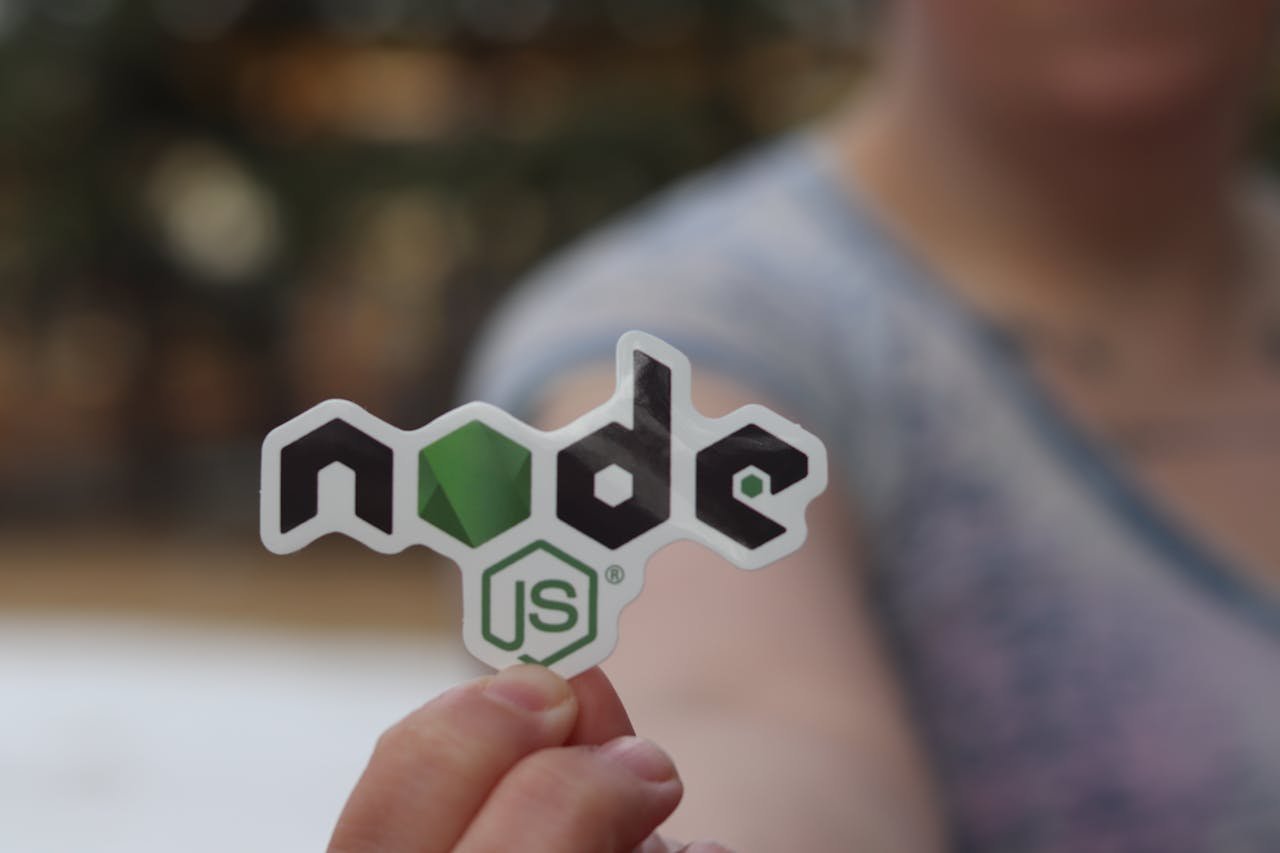JavaScript frameworks have revolutionized modern web development, providing developers with powerful tools to create robust, scalable, and efficient web applications. Here are the top 10 JavaScript frameworks that are currently shaping the landscape of web development, along with their primary use cases.
1. React
Overview
React, developed by Facebook, is one of the most popular JavaScript frameworks for building user interfaces. It is component-based and allows developers to create reusable UI components.
Use Cases
- Single-Page Applications (SPAs): React is ideal for SPAs where the user interface needs to update dynamically without reloading the page.
- Mobile Applications: React Native, a framework built on React, enables the development of mobile apps for iOS and Android using the same principles.
2. Angular
Overview
Angular, maintained by Google, is a comprehensive framework for building dynamic web applications. It provides a full suite of tools for building large-scale applications.
Use Cases
- Enterprise Web Applications: Angular’s robust architecture and comprehensive toolset make it suitable for large-scale enterprise applications.
- Progressive Web Apps (PWAs): Angular supports the development of PWAs, which offer a native app-like experience on the web.
3. Vue.js
Overview
Vue.js is a progressive JavaScript framework that is easy to integrate with existing projects. It is known for its simplicity and flexibility.
Use Cases
- Interactive Web Interfaces: Vue is perfect for adding interactivity to web interfaces due to its ease of integration.
- Single-Page Applications: Like React, Vue is also well-suited for SPAs, offering a reactive data binding system.
4. Svelte
Overview
Svelte takes a different approach by shifting much of the work to compile time, producing highly optimized vanilla JavaScript at build time.
Use Cases
- High-Performance Web Applications: Svelte’s compiler optimizations make it ideal for applications where performance is critical.
- Reactive Web Applications: Svelte’s reactivity model is simple and intuitive, making it suitable for developing reactive web applications.
5. Ember.js
Overview
Ember.js is a framework for creating ambitious web applications. It follows the convention over configuration principle and provides a strong foundation for building scalable applications.
Use Cases
- Large-Scale Web Applications: Ember’s conventions and strong community support make it a good choice for large, complex web applications.
- Single-Page Applications: Ember’s router and data layer provide robust support for building SPAs.
6. Backbone.js
Overview
Backbone.js provides the minimal structure needed for building web applications by offering models with key-value binding and custom events.
Use Cases
- Data-Driven Web Applications: Backbone is great for applications where the data model is complex and needs to be separated from the UI.
- Single-Page Applications: Backbone’s lightweight nature makes it suitable for SPAs, especially when combined with other libraries.
7. Next.js
Overview
Next.js, built on top of React, is a framework for server-rendered or statically exported React applications.
Use Cases
- Server-Side Rendering (SSR): Next.js is excellent for applications that require SSR to improve SEO and initial load times.
- Static Site Generation (SSG): Next.js can also generate static websites, combining the best of static and dynamic approaches.
8. Nuxt.js
Overview
Nuxt.js is a framework for creating Universal Vue.js Applications. It simplifies the development of server-side rendered Vue applications.
Use Cases
- Server-Side Rendering: Like Next.js for React, Nuxt.js is designed for SSR with Vue.js.
- Static Site Generation: Nuxt also supports generating static sites, making it versatile for different types of web projects.
9. Meteor
Overview
Meteor is a full-stack JavaScript platform for building web and mobile applications. It integrates with MongoDB and uses the DDP protocol to enable real-time data updates.
Use Cases
- Real-Time Applications: Meteor’s real-time data capabilities make it ideal for applications like chat apps and live dashboards.
- Full-Stack Applications: Meteor provides a complete solution from the database to the front end, suitable for full-stack development.
10. Alpine.js
Overview
Alpine.js is a lightweight JavaScript framework for adding interactivity to web pages. It offers a minimalistic approach similar to Vue but with a smaller footprint.
Use Cases
- Simple Interactivity: Alpine is perfect for adding small interactive features to existing HTML without the overhead of a full framework.
- Lightweight Applications: When you need minimal JavaScript for a few interactive elements, Alpine is a great choice.
Conclusion
Choosing the right JavaScript framework depends on the specific requirements of your project. Whether you’re building a complex enterprise application, a high-performance web app, or adding interactivity to a static site, there’s a framework suited to your needs. By leveraging these popular frameworks, you can create modern, responsive, and efficient web applications that meet the demands of today’s users.


